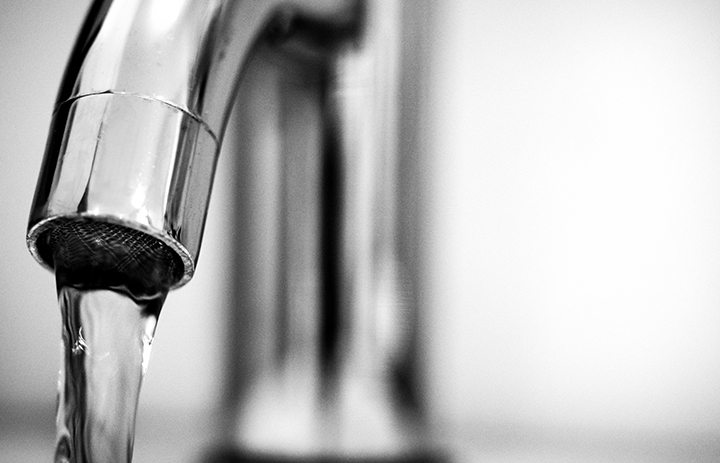
Staying hydrated is an important part of staying healthy. While some people may feel the need to buy a water filter or get their daily intake from plastic bottles, Seattle residents are able to get clear, crisp drinking water straight from the faucet. By keeping their source as natural as possible and carefully treating it in special facilities, the city is able to provide high-quality water to those living in Seattle and the surrounding communities.
A Fresh Source
Seattle water comes from two large regional watersheds, Cedar and Tolt. Both are large drainage basins that collect rainwater flowing down from the Cascade mountain range. The Cedar River Watershed covers nearly 91,000 acres of land and provides 70 percent of the drinking water to the 1.4 million people who live in the greater Seattle area. The Tolt River Watershed provides the other 30 percent. Both reservoirs are actually owned by the city.
The water is always fresh and never recycled, meaning it doesn’t even come into contact with human hands or pollutants until it comes out of a faucet. The watersheds are completely off limits to the general public. Patrol crews monitor the basins 24 hours a day, seven days a week to ensure people stay out and the water is kept clean. There are even “No Trespassing” signs posted in multiple locations.
Even with these extensive security efforts, the Seattle Public Utilities company continually tests the water before it even reaches a treatment facility.
Careful Treatment
Water is diverted from the watersheds into regulating basins, which use nothing more than the power of gravity to continue the water’s journey to one of two treatment facilities. There, a variety of compounds are added and removed to achieve the purest quality.
- The first step in the treatment process is the addition of gaseous ozone. Ozone is made from oxygen and serves as a strong disinfectant to remove unwanted flavors. The ozone is diffused through special stones and the bubbles eventually dissolve.
- Coagulation chemicals are then added. These chemicals attach to tiny unwanted particles in the water. The particles accumulate into a substance called floc, which is easily filtered out.
- The water then flows through six feet of coal filtering material, the same kind used in home pitcher filters. The filters are regularly cleaned to guarantee maximum performance.
- Small amounts of chlorine are added after filtration as additional disinfectant.
- Fluoride is added to improve overall dental health of anyone who drinks the water.
- The clean water then travels from the treatment center to your tap through a series of transmission mains and smaller pipes.
The pristine water source and careful treatment process mean Seattle water comes into contact with almost zero contaminants. The most likely source of contamination is from the lead pipes in older homes and buildings, which the City of Seattle is already working to fix.
Plumbing and Heating in Washington
A clean, efficient plumbing system ensures Seattle’s water will reach you at the highest quality. If you live in the greater Seattle area and are in need of plumbing or heating services, contact Puget Sound Plumbing and Heating today. We’re dedicated to providing our customers with high-quality workmanship and services for the best value.


